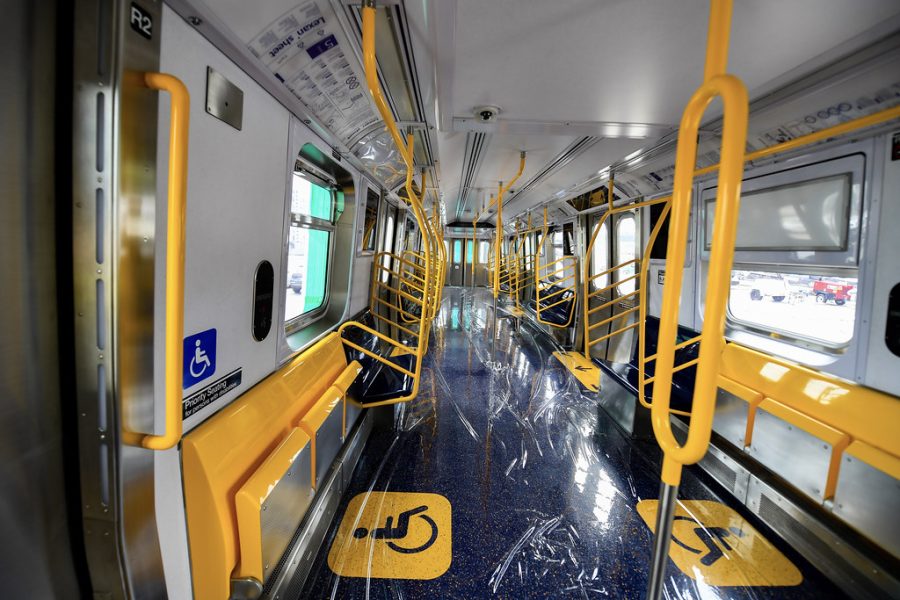New train cars are band aid solution to subway safety issue
MTA | Flickr
March 13, 2023
The city should be spending tax dollars on repairing crumbling subway infrastructure and addressing safety concerns instead of enhancing the aestheticism of New York’s train cars.
The MTA recently announced that 1,200 new R211 subway cars will be introduced to the A/C lines in the coming months.
These new cars will feature an open design, wider doors, digital displays, more room for passengers with disabilities and security cameras to address safety concerns.
The “open gangway” design means that the entire train set will be connected, making it easier for commuters to move through the cars. Subway systems across the world, such as the Tokyo Metro and London Underground, have long implemented the open design.
However, gangways do not align with New York’s culture. For instance, relatively high crime rates make the open design a safety concern rather than a convenience.
New York City’s subway crime rose by 30% in 2022 from a year ago, according to police data released in January.
Subway crime is not only limited to nonviolent classifications. There have been many incidents of unsuspecting passengers being pushed onto train tracks, forcing many commuters to be hyper-aware of their surroundings while on the way to work or school.
Open gangways might inhibit commuters from removing themselves from a dangerous situation, whether that means barring the door between carts or moving across the platform by unlocking the transfer doors.
This underlying safety issue is not something shiny, new train cars will solve. Instead, the city’s use of funding represents a cosmetic solution to a problem that is ultimately fundamental.
“If there is deterioration in the subway cars or the buses, if the signals aren’t well-functioning, that can cause delays in service, more crowded trains, longer wait times between trains,” Ana Champeny, the Citizens Budget Commission’s vice president of research, told The Gothamist.
Some repairs that should have been prioritized above new train cars include improving air quality and reducing heat in stations, and making all stations accessible to riders with disabilities.







